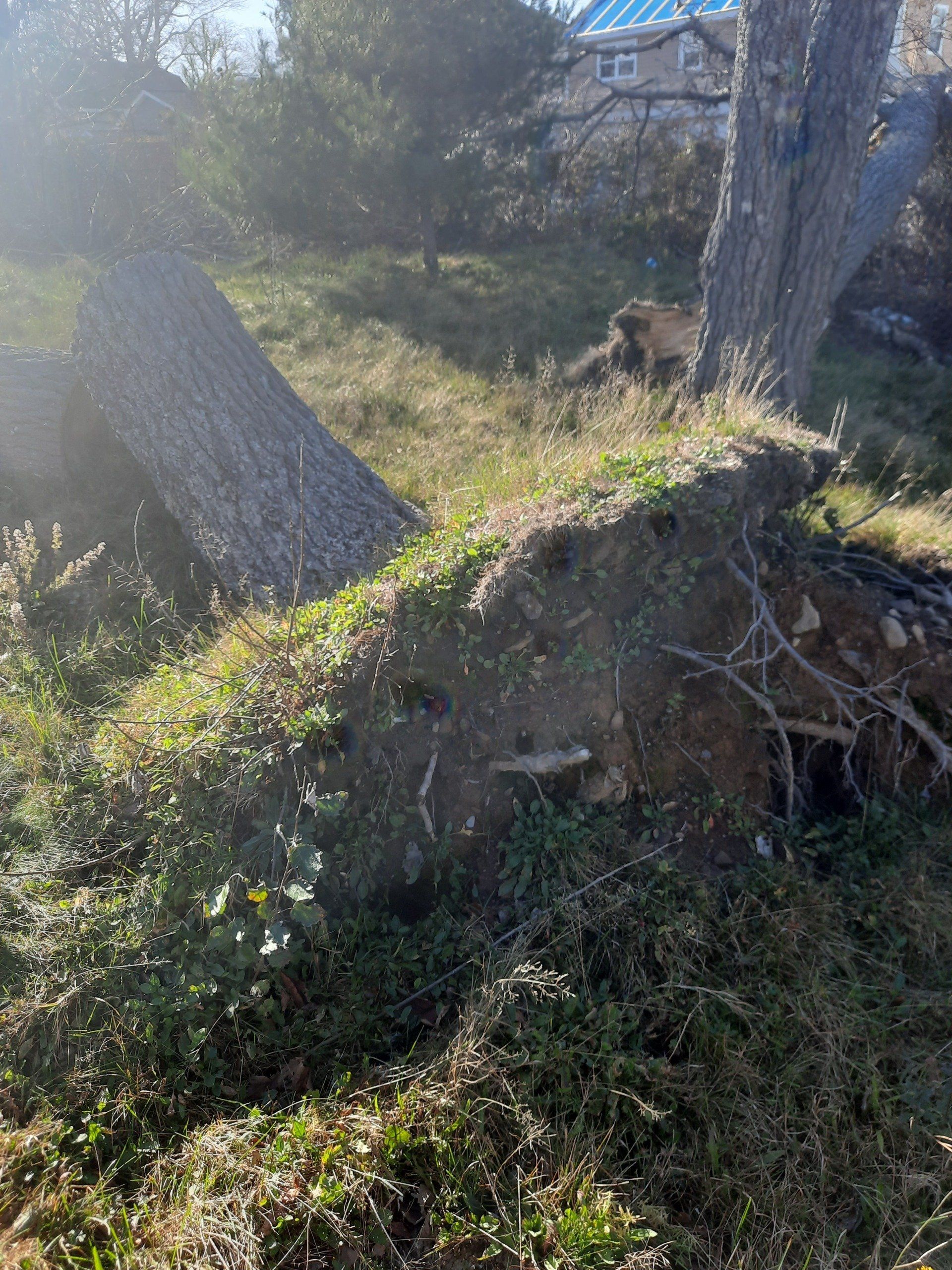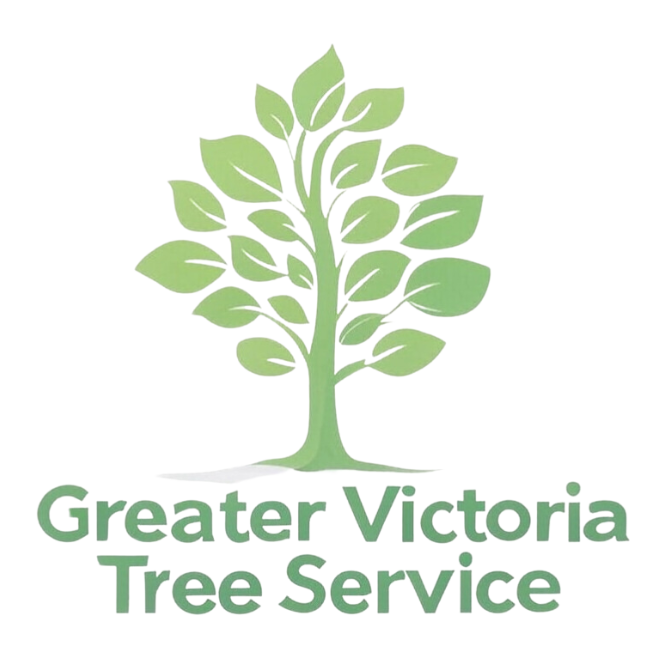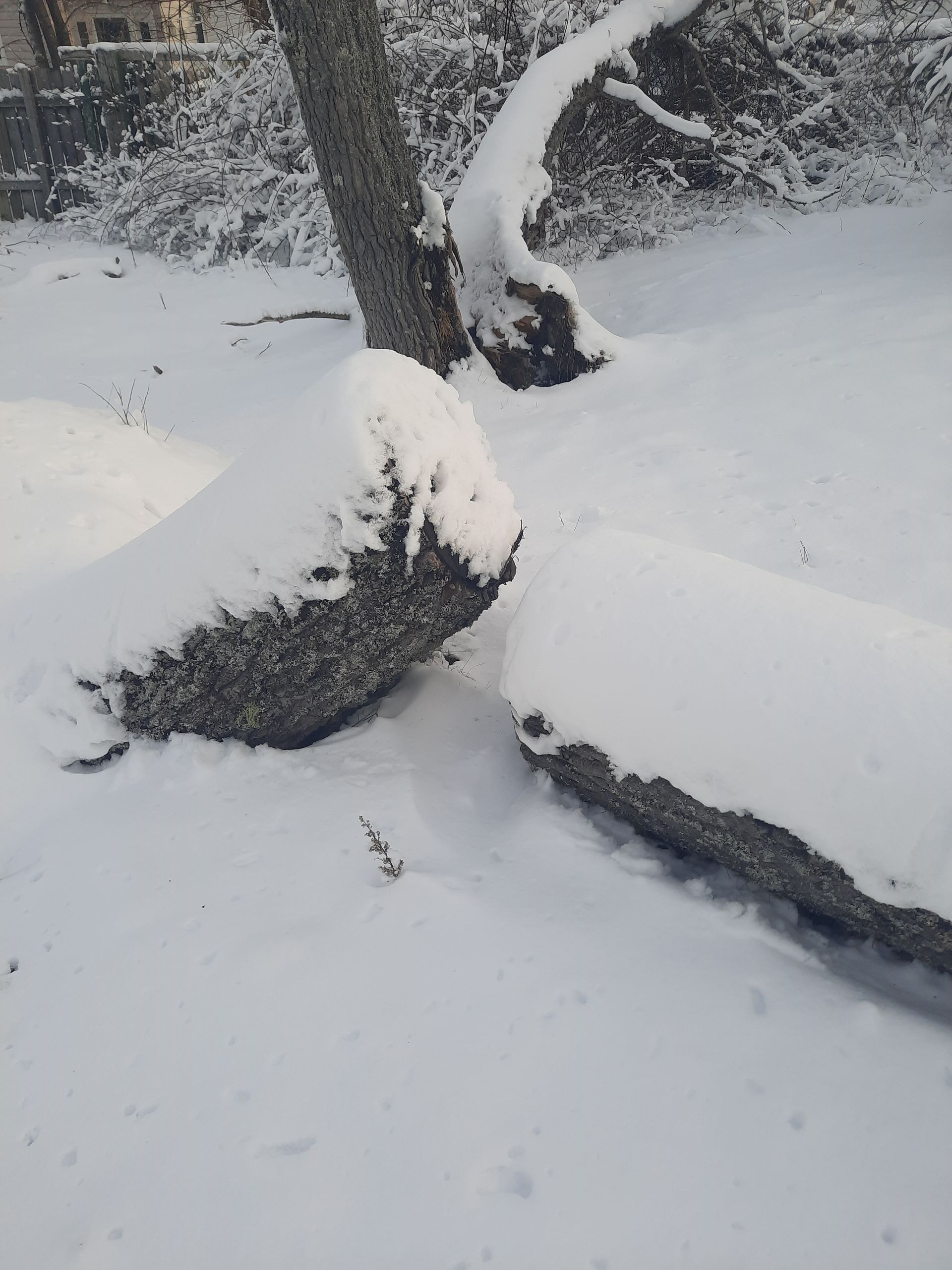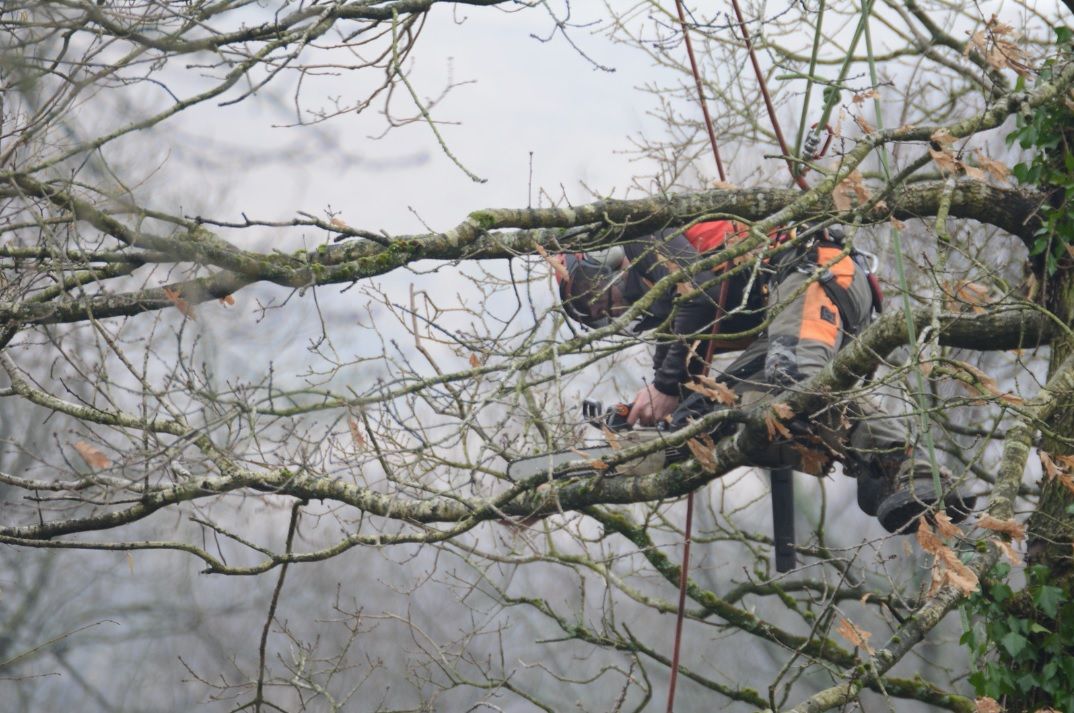Emergency Tree Service Victoria BC
Emergency Tree Service
Emergency tree service is a good service because it provides timely and efficient assistance in removing or trimming trees that have fallen or are posing a danger to people and property. This can include removing fallen branches from roads, cutting up and removing fallen trees from homes and other structures, and
trimming or
removing trees that are at risk of falling. Emergency tree services can also help to prevent further damage to property and protect public safety.

More About What We Do to Provide Emergency Tree Service
Emergency tree service typically involves the removal or trimming of trees that have fallen or are posing a danger to people and property. This can include:
- Removing fallen branches from roads, sidewalks and driveways to ensure safe passage of pedestrians and vehicles.
- Cutting up and removing fallen trees that have landed on homes, other structures, or vehicles.
- Trimming or removing trees that are at risk of falling due to damage or disease.
- Stabilizing damaged trees to prevent further damage or potential fall.
- Clearing debris from the area to restore access and safety.
- Providing emergency tree removal, pruning, and maintenance to prevent power outages or blockages of roadways, sidewalks and driveways.
- Tree removal and disposal of debris.
- Providing emergency tree service for storm damage, snow damage, and other natural disasters.
Our crew involved in emergency tree service is typically trained and equipped to handle difficult and dangerous situations, and they work quickly to assess the situation, remove the hazardous trees, and clear the area.

Greater Victoria Tree Service

How can storms damage your trees?
Storms can damage trees in a variety of ways, including:
- High winds: Strong winds can break branches, uproot trees, or cause the trunk to split. This is especially true for trees that are already weakened or diseased.
- Heavy rain and flooding: Excessive rain and flooding can saturate the soil, causing it to lose its ability to support the tree. This can lead to the tree being uprooted or falling over.
- Lightning: Lightning strikes can cause direct damage to trees, such as charring or splitting of the trunk, or indirect damage, such as root damage or the introduction of diseases to the tree.
- Hail: Large hailstones can cause physical damage to leaves, branches, and bark, which can lead to the tree becoming more susceptible to disease and insect infestation.
- Snow and Ice: Heavy snow and ice can cause branches to break under the weight, or can lead to the tree falling over. Additionally, when snow and ice melt, it can saturate the soil and cause the tree to uproot.
- Tornadoes and hurricanes: These storms can produce extremely high winds that can cause widespread damage to trees, including snapping or uprooting of large numbers of trees.
It is important to note that even though a tree appears undamaged after a storm, the damage may have occurred to the root system. Subsequently, the tree may appear healthy for a period of time but may eventually fall or die.



